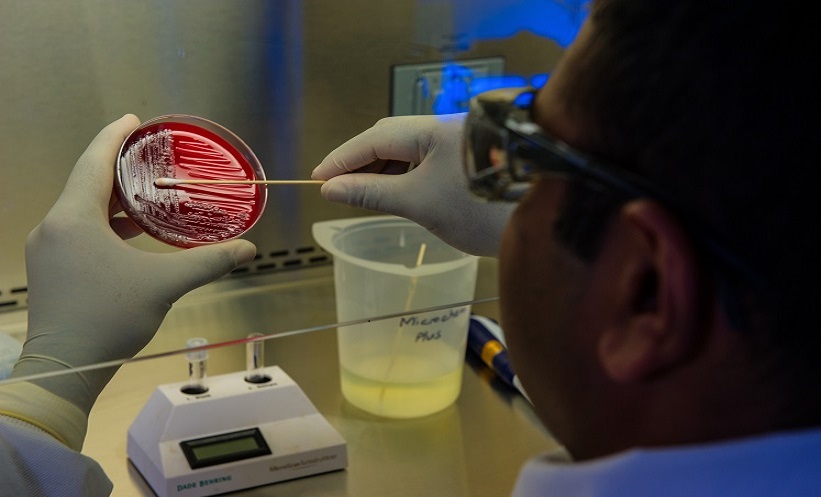FASCINATING evidence has emerged suggesting that nasopharyngeal microbiota could be used as a biomarker to predict those who will develop severe symptoms from severe acute respiratory syndrome coronavirus 2 (SARS-CoV-2) infection. Changes to this microbiota, which usually acts as a first defence barrier against viruses, may allow the development of new, more effective treatment strategies to combat COVID-19.
Researchers noted distinct patterns following analysis of the microbiota of 84 individuals; 27 were negative for the virus, 30 were positive but asymptomatic, and 27 were positive with moderate symptoms but did not require hospitalisation. Significant changes were observed in symptomatic patients, with many of these individuals even lacking enough bacteria to successfully sequence. These drastically ‘low reads’ of microbiota were almost solely observed in symptomatic patients, with only two and four individuals experiencing this in the negative and asymptomatic groups, respectively. The mucosal lining of this respiratory tract is abundant with immune cells and is essential for protecting against pathogenic invaders. This area is also concentrated with ACE-2 receptors, making it a prime target for SARS-CoV-2 cells.
Sadanand Fulzele, a Geriatric Researcher in the Department of Medicine, Medical College of Georgia (MCG), Augusta University, USA, explained: “Runny noses and sneezing might account for the loss, an already significantly lower number of bacterial inhabitants might have increased the individuals’ risk for developing these kinds of symptoms, or the virus may have changed the landscape.” Although scientists at present suspect that the landscape will have likely been altered by the virus, more data is required for a conclusive answer. “Millions of people get infected and relatively few of them become symptomatic. This might be one of the reasons,” added Ravindra Kolhe, Director of MCG’s Georgia Esoteric and Molecular Laboratory.
SARS-CoV-2 is transmitted via droplets emitted from sneezing, coughing, and talking. Due to those aged 65 and over being at a higher risk of death from the infection, scientists analysed the nasopharyngeal microbiota of these older individuals. Symptomatic and asymptomatic patients had increased levels of cyanobacteria, which is known to cause pneumonia and liver damage; however, symptomatic individuals had double the levels of this bacteria compared with asymptomatic patients. There was little diversity in bacteria between these groups but significant differences in volume.
Although the direct association between nasal microbiota and COVID-19 severity remains unclear, this study has revealed a ‘strong association’ between these factors. Fulzele and Khole are in the process of obtaining a grant to allow a larger study to go ahead.








